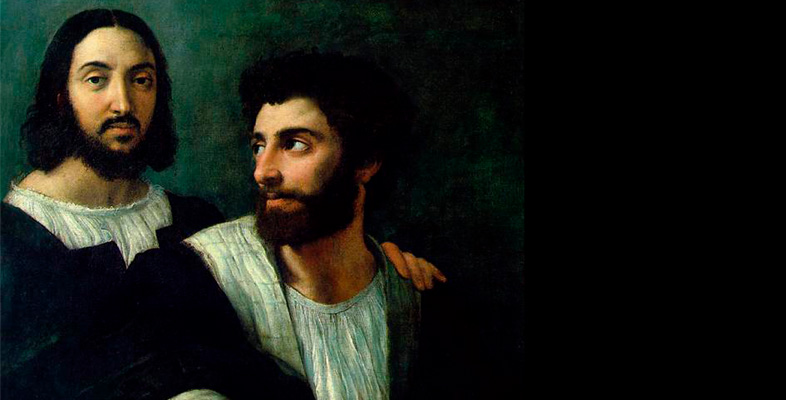1.4 Foucault’s author function
In ‘What is an author?’ Foucault uses the term ‘author function’ – a concept that replaces the idea of the author as a person, and instead refers to the ‘discourse’ that surrounds an author or body of work. It starts with the recognition that authorship and the different values and meanings associated with it are cultural products that vary widely from time to time and place to place. Scientific texts, for example, are valued more for their content rather than their ‘authorship’, while in the case of literary texts authorship becomes the most interesting aspect of the work.
According to Foucault, critics invent a variable idea of an author and of authorship that depends entirely upon their own preconceptions.
An important contribution by Foucault is what he calls the ‘discourse’ surrounding an author. Foucault developed the idea of a ‘discursive formation’ as an alternative to conceptions of ‘ideology’, ‘science’ or ‘theory’. According to him, a discourse consists in the whole range of related utterances that shape a particular question or field of enquiry. Discourses produce knowledge and effects of power, and they follow rules. In the case of an artist, the ‘discursive formation’ into which they fit includes not only their own statements, but also the critical writing on their work, popular representations and ‘myths’, institutional conditions of utterances (including legal categories), and general ideas about art and artists, both learned and popular.
So what does Foucault’s account do to the idea of the author as a stable point of origin, a concept fundamental both to the model of the genius artist and to the genre of the art-historical monograph?
Critics are invested in the idea of the author as a unitary font of meaning, a stable entity who precedes and originates the work by depositing any and all significance into it. Yet, Foucault argues, such an idea of the author is a fiction invented by the critic to provide a unifying principle that sets limits on the text’s infinite meanings. The ‘author’ contains the threats posed by the work’s complexities. As Foucault puts it, the author ‘serves to neutralize the contradictions that are found in a series of texts’ (p. 328). However, while Foucault, like Barthes, recognises the author as a fiction, he asks us to consider what that role does, and what it enables. This is a familiar move for him. Foucault regards structures (of power) as generative, rather than repressive. He asks what kind of knowledge they put into place or enable.
